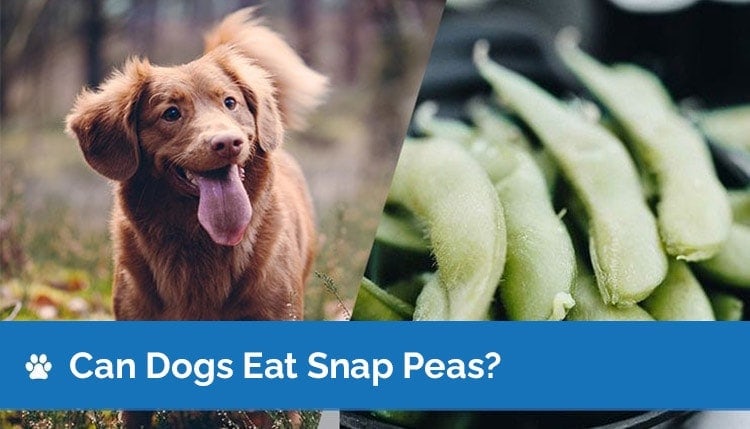Sugar snap peas are safe for dogs to eat in moderation and can be a healthy addition to their diet. These sweet and crunchy vegetables belong to the pea family and offer various nutritional benefits.
They are rich in vitamins, particularly vitamin A and vitamin C, which play essential roles in supporting your dog’s immune system and maintaining healthy skin and coat.
When feeding sugar snap peas to your dog, it’s crucial to prepare them appropriately. Removing the tough strings along the sides of the pods is essential to make them easier to digest for your canine companion.
Additionally, you can serve them either cooked or raw, depending on your dog’s preference and digestive tolerance. Some dogs may find cooked sugar snap peas more palatable and gentler on their stomachs.
Can Dogs Eat Whole Sugar Snap Peas?
Yes, dogs can eat sugar snap peas. Sugar snap peas are a type of pea that is safe for dogs to eat. They are a good source of vitamins and minerals, and they are low in calories.
How Many Sugar Snap Peas Can a Dog Have?
There’s no definitive answer to how many sugar snap peas a dog can have, as it depends on the size and weight of your dog.
However, as a general guide, dogs shouldn’t consume more than 10% of their daily caloric intake from sugar snap peas.
So, if your dog is eating a 2,000-calorie diet, it should ideally only be having 200 calories from sugar snap peas.
If you’re unsure whether your dog is getting too many or too few calories from their diet, it’s best to speak to your veterinarian for advice.
Can Snap Peas Cause Diarrhea in Dogs?
There are a variety of reasons that diarrhea can occur in dogs, and one possible cause is the ingestion of snap peas.
While snap peas are not poisonous to dogs, they can cause gastrointestinal upset and diarrhea. If your dog has eaten snap peas and is experiencing diarrhea, it is best to contact your veterinarian for further guidance.
Can Dogs Eat Pea Pods Skins?
As a rule of thumb, it’s best to err on the side of caution when it comes to feeding your dog human food. With that said, there are some human foods that are safe for dogs to eat, and pea pods skins are one of them.
Pea pod skins are not only safe for dogs to eat, but they’re actually good for them! Pea pods skins are a great source of fiber and vitamins A and C.
They also contain a compound called lutein, which is known to promote healthy eyesight. So go ahead and let your dog enjoy the odd pea pod skin – just make sure they don’t eat too many at once!

Credit: www.hepper.com
Can Dogs Eat Sugar Snap Peas Raw?
Sugar snap peas are a type of edible pod that is popular in many gardens. These sweet and crunchy vegetables can be eaten raw, cooked, or used in a variety of recipes. While sugar snap peas are safe for dogs to eat, there are a few things to keep in mind before feeding them to your furry friend.
Raw sugar snap peas contain a small amount of Cyanogen glucosides. This compound can release cyanide when it comes into contact with stomach acids. However, the amount of cyanide released from eating raw sugar snap peas is not typically harmful to dogs.
Cooked sugar snap peas are safe for dogs to eat as they do not contain this compound. When feeding sugar snap peas to your dog, make sure to remove the strings that run along the sides of the pea pods. These strings can cause gastrointestinal blockages if swallowed whole. Cut the sugar snap peas into small pieces so that your dog can easily chew and digest them.
Can Dogs Eat Snow Peas Raw?
The answer is yes, but there are a few things to keep in mind. First, make sure to remove the stringy bits as these can be tough on your dog’s digestive system. Second, chop them up into small pieces so your pup doesn’t choke on them.
And lastly, start with just a few and see how your dog reacts before giving them more. If you’re looking for a healthy snack for your furry friend, snow peas are a great option! Just make sure to follow the tips above and you’ll both be happy and safe!
Conclusion
Dogs can eat sugar snap peas, but they should be cooked first. Raw sugar snap peas contain a compound called isothiocyanates, which can cause gastrointestinal irritation in dogs. Cooking the peas will break down this compound and make them safe for your dog to eat.